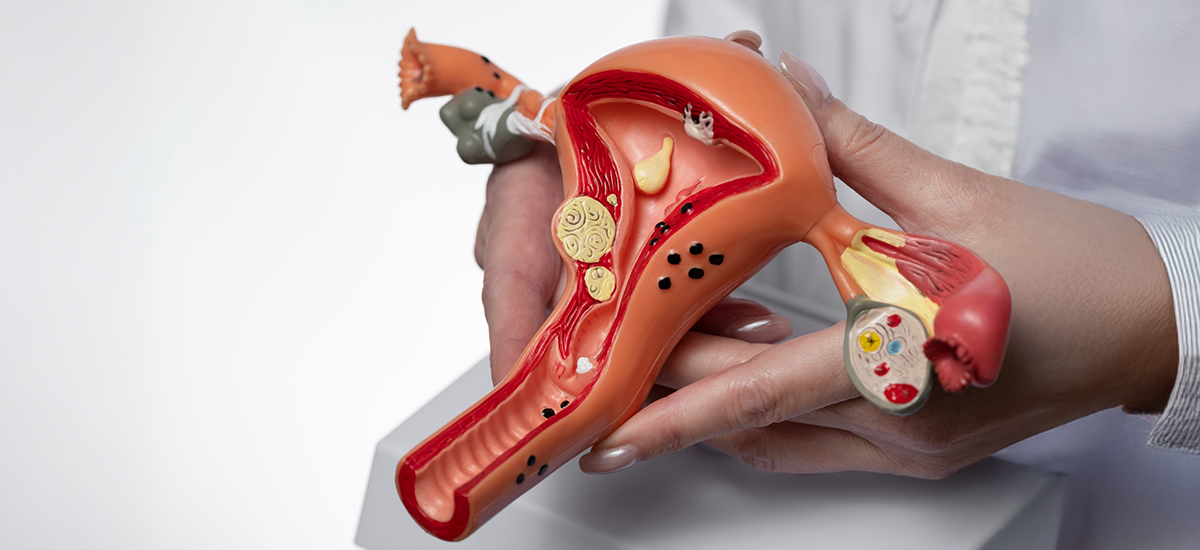Categories
Low Platelets in Pregnancy: Safe, Natural Ways to Support Counts (and When to Act)
Nov 05, 2025
First, confirm why platelets are low; many cases in late pregnancy are mild and need only monitoring. Then do what reliably helps: correct folate, iron, and B12 to pregnancy RDAs; eat protein-rich, iron- and folate-dense foods; sleep, hydrate, and treat infections promptly. Avoid alcohol, unnecessary NSAIDs, and “natural” supplements that affect clotting. Do not stop prescribed low-dose aspirin without advice. Escalate care if counts fall below procedure thresholds or you notice bleeding.
What’s next: Below are the definitions, food targets, medicine cautions, and delivery thresholds—so you can act early and safely.
Start by naming the cause (this makes every next step smarter)
Low platelets in pregnancy have different drivers: common gestational thrombocytopenia (usually mild), immune thrombocytopenia (ITP), or conditions like preeclampsia/HELLP. Your team checks counts over time, reviews medicines, and looks for symptoms. Mild gestational thrombocytopenia is typically benign; ITP and hypertensive disorders need directed care. Knowing the bucket tells you whether food and micronutrients alone are enough or whether you need specific treatment.
How to increase platelet count naturally in pregnancy: what actually helps
Think “build the raw materials” your marrow needs and remove friction that lowers counts.
Hit pregnancy RDAs (daily targets):
· Folate: 600 mcg DFE (leafy greens, legumes, fortified grains; continue your prenatal).
· Iron: 27 mg (dal/beans, leafy greens + vitamin C food; meat/eggs if you eat them).
· Vitamin B12: 2.6 mcg (dairy, eggs, fish, fortified cereals; supplement if vegetarian/vegan after medical advice).
Build a plate you can repeat:
· Each main meal: a protein (lentils/beans, paneer/eggs/meat), iron/folate veg (spinach, beetroot, broccoli), a whole grain, and a vitamin-C fruit to aid iron absorption.
· Add a nuts & seeds snack for minerals.
· Drink enough water; dehydration doesn’t drop platelets directly, but it worsens fatigue and symptoms.
Fix deficiencies fast: if labs show iron, folate, or B12 deficiency, your obstetrician will prescribe appropriate doses (diet alone is often too slow).
What to avoid (quiet platelet blockers and risky “remedies”)
· Do not stop low-dose aspirin if your doctor started it for preeclampsia prevention; it’s evidence-based and safe when prescribed. Always check before changing any medicine.
· Skip over-the-counter NSAIDs (like ibuprofen) unless your obstetrician okays them; many reduce platelet function.
· Be cautious with herbal/botanical products marketed for platelets (papaya leaf, “blood thinners,” high-dose turmeric, ginkgo, garlic pills). Safety and dosing in pregnancy are uncertain; some affect clotting. Discuss any supplement first.
· No alcohol. It can impair marrow function and worsen bleeding risk.
Numbers that guide decisions (and keep everyone calm)
Use clear thresholds so choices feel less abstract.
· “Low platelets” in pregnancy = <150,000/µL; many benign cases sit 100–150K late in pregnancy and need monitoring, not urgent treatment.
· For pain relief in labor, anesthesiology societies generally consider neuraxial (epidural/spinal) reasonable at ≥70,000/µL if everything else is stable.
· Delivery safety targets vary by cause; teams aim >50,000/µL for most cesareans and procedures, with higher goals if there’s bleeding or additional risks. Always individualised by your obstetrician and hematologist.
Your week-to-week plan (what you can control)
Keep one small notebook or app and bring it to visits.
· Food log: note iron/folate/B12 sources in two main meals daily.
· Medication adherence: prenatal + any prescribed iron/folate/B12; take iron away from tea/coffee.
· Symptom checks: bruises, nose/gum bleeds, headaches/visual changes, right-upper-abdomen pain, sudden swelling—report the same day.
· Lab rhythm: repeat counts on your obstetrician’s schedule; counts that drift down or symptoms that change may trigger a faster review.
· Infection control: fever or urinary symptoms can worsen counts; seek care early.
Planning birth without last-minute surprises
Share your latest platelet count at every visit. Your team will align:
· Place: a hospital with on-call anesthesia and, if needed, NICU.
· Pain plan: whether an epidural is in range based on current count and trend.
· Backup: if counts fall, options include steroids or IVIg for ITP, timing adjustments, or transfusion around procedures—decisions made by your obstetrician/hematologist.











